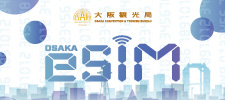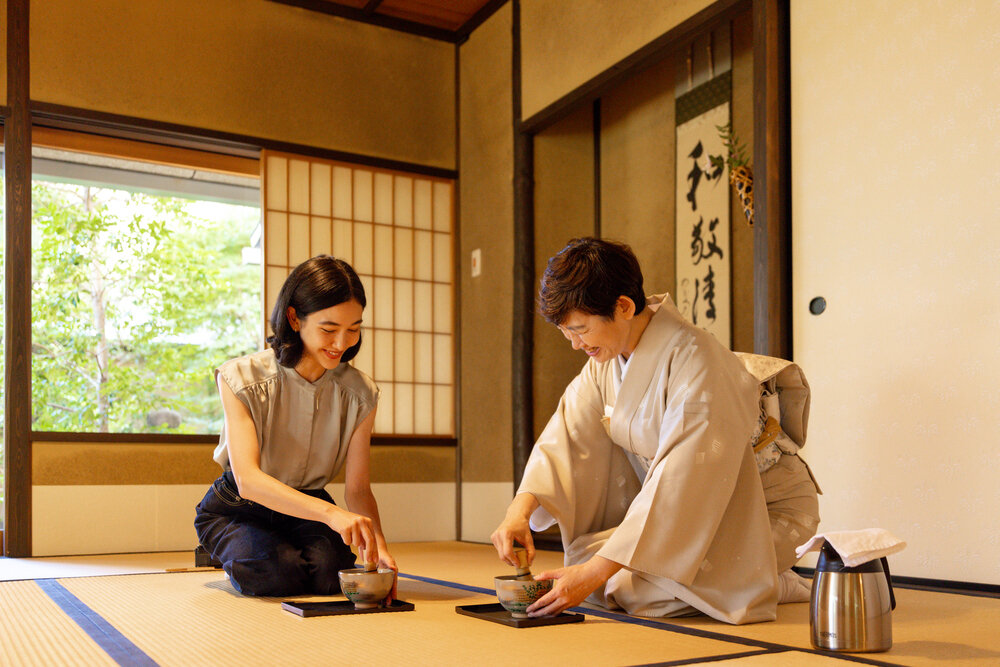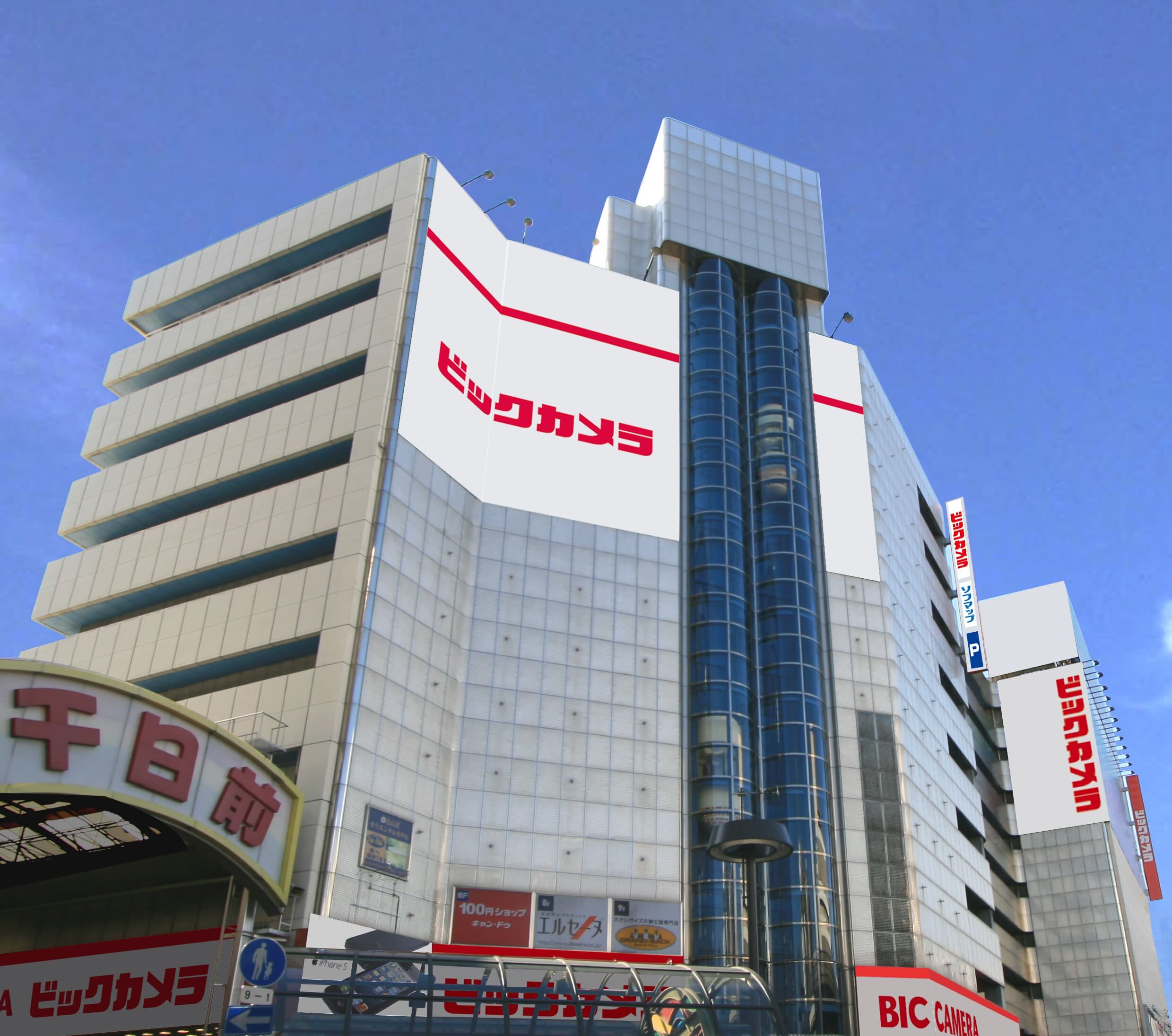
大阪の鉄道入門
たくさんの鉄道会社がひしめき合い、多くの電車が行き交う大阪は、鉄っちゃんにも鉄道超初心者にも、鉄道を楽しむのにぴったりの街。東から、西から乗り入れる長距離特急に旅心をくすぐられ、今なお現役で頑張るレトロな車両に古き良き日本の鉄道の匂いを感じ、新型のスピード感あふれる新幹線に心を奪われ・・・。日々何気なく乗っている電車にも歴史があり、こだわりがあり、個性があり、知れば知るほど面白い、たくさんの発見があるはず。乗り鉄、撮り鉄、車両鉄、模型鉄・・・鉄道ファンにもさまざまなジャンルがありますが、それぞれの視点から大阪の鉄道に注目。さて、あなたはどのジャンル?
-
START
JR「新大阪駅」またはOSAKA METRO御堂筋線「新大阪駅」
-
徒歩すぐJR新大阪駅で新幹線&特急見物

まずは大阪の鉄道の玄関口・JR新大阪駅で、たくさんの新幹線や特急を見学。2011年3月に新大阪-鹿児島中央間の直通運転がスタートした山陽・九州新幹線の新型車両「みずほ」「さくら」は、N700系車両をベースに陶磁器の青磁を思わせるような"白藍色"のボディカラーがしっとりと美しい、今一番注目の車両。大阪-富山間を結ぶつややかな真っ白いボディが眩しい特急「サンダーバード」や、京都-和歌山県新宮間の海岸線を走るイルカのような顔をしたブルーの特急「オーシャンアロー」など、人気の名特急も一見の価値あり。運行ダイヤによりますが、色んな列車を見たいなら午前中がおすすめです。駅構内へは入場券(130円・2時間以内有効)が必要。
Osaka Metro御堂筋線梅田駅下車 徒歩5分 -
阪急大阪梅田駅で3線同時発車見物

まるで外国のターミナル駅のような広大な空間にえんじ色の電車が整然と並ぶ、阪急大阪梅田駅。3路線、計9本の線路を有する鉄道駅としては、日本最大とか。関西人にはお馴染みの阪急のえんじ色は実は「マルーン色」という伝統的なカラーで、開業当初から現在に至るまで、一貫してこのカラーリングで統一。外装だけでなく内装も、木目調の内張りやオリーブ色のシートなどレトロで格調高い雰囲気たっぷり。そんな阪急電車の大阪梅田駅では、なんと3線同時発車を見ることができます。神戸線、宝塚線、京都線の3つの電車が同時刻に一斉に発車する光景は圧巻!カーブを描きながらそれぞれの速度でビル群のなかに消えていく後ろ姿に、時代に流されない美しさを感じます。3線同時発車は10:00~22:00頃まで10分間隔(運行ダイヤによる)。駅構内へは入場券(160円・2時間以内有効)が必要。
阪急梅田駅からJRまたはOsakaMetroへ乗り換えJRまたはOsakaMetro御堂筋線 天王寺駅から乗り換え -
路面電車(阪堺電気軌道上町線)

大阪で唯一の路面電車。レトロな型から新型車輌まで、時にド派手な広告を全身にまとっている姿でも目を引く独特のボディ。中にはフランスの有名デザイナーが車輌デザインを手がけた型もあるとか。下町風情漂う上町線は、にぎやかな天王寺駅前駅を出発し、阿倍晴明神社のある東天下茶屋駅、帝塚山古墳のある帝塚山三丁目駅などを抜け、ガタンゴトンとレトロな音を響かせながら、かの有名な住吉大社のある住吉公園駅までを結びます。大阪の庶民的な町をのんびりと走る「チンチン電車」に揺られれば、『いつ乗っても、なつかしい。どこで降りても、おもしろい』のキャッチコピーの通り、昔なつかしい風景に出会えるかも。
阪堺電車1回 大人210円 小児110円
阪堺電気軌道上町線住吉公園駅下車 徒歩すぐ 南海本線住吉大社駅乗車 岸里玉出駅下車 南海高野線に乗り換え 汐見橋駅方面乗車 -
南海高野線の"盲腸線"

鉄道ファンの間で「盲腸線」と呼ばれる路線があるのはご存知ですか?起点・終点のどちらかが行き止まりとなっている路線で、路線網の中で盲腸のように見えることからこう呼ばれるようになったそう。南海高野線の岸里玉出駅-汐見橋駅間も、そんな盲腸線のひとつ。運行本数が少ない、営業キロが短い、特急や急行列車などが無い、などの盲腸線ならではの特徴を持つこの路線は、大阪を代表する繁華街、難波にほど近いにも関わらず、2両編成で走る車内は乗客もまばらでどことなくのんびりとした空気が漂い、車窓からの眺めは下町の住宅街やさびれた工業地帯など、ローカルな雰囲気たっぷり。途中の木津川駅で下車すれば、人っ子ひとりいない駅にぽつん。あたりはしーんと静まり返り、青い空とまっすぐに伸びる線路と、レトロなベンチが置かれた小さなホームに、ふと、知らない土地の知らない時にタイムトリップしたかのような錯覚に。
南海高野線汐見橋駅下車 徒歩すぐ 阪神なんば線桜川駅乗車 日本橋駅下車 徒歩すぐ -
日本橋 鉄道模型店めぐり

鉄道模型の楽しみ方はいろいろ。車両の運転、好みの車両の収集、車両自体の工作、そして車両を走らせるレイアウト・ジオラマの製作。鉄道模型店が数多く集まる日本橋には、それらに欠かせない車両、線路、電源装置、ストラクチャー(建物)、アクセサリー(人形や車などの小物)、部材などを豊富に取り扱う専門店が集まります。中でもポポンデッタ大阪日本橋店は、ビルの3階に所狭しと並ぶ新品・中古の模型の数々や膨大な書籍類のほか、細部まで作りこまれたレイアウト・ジオラマで実際に電車を走らせることができるレンタルレイアウトも人気(有料)。ドイツ製のストラクチャーや人形などが所々配置されたジオラマは細かいところまでこだわりたっぷりで、見ているだけでも面白い!他にもホビーランドぽち日本橋1号店、グリーンマックスザストアー、レール工房ひげしんなどの専門店や、ホビー全般を取り扱う大型店舗のボークス大阪ショールーム、スーパーキッズランド本店なども。
・ポポンデッタ大阪日本橋店
・ホビーランドぽち日本橋1号店
・グリーンマックスザストアー
・レール工房ひげしん
・ボークス大阪SR
・スーパーキッズランド本店近鉄大阪線近鉄日本橋駅乗車 鶴橋駅下車 徒歩すぐ -
【閉店】鉄道グッズショップ GATAN GOTON(ガタンゴトン)

【閉店】大阪・奈良・京都・三重・愛知の2府3県に跨り路線網を持つ大手私鉄、近畿日本鉄道。JRグループを除く日本の私鉄の中では最長の路線網を誇り、大阪-名古屋間を結ぶアーバンライナーやリゾート感溢れる伊勢志摩ライナーなどの斬新なデザインの特急をはじめ、伊勢志摩で水揚げされた鮮魚を近鉄沿線に運ぶ行商のための鮮魚列車(一般の人は乗れません)も昔と変わらず運行するなど、ちょっと個性的。そんな近鉄直営の鉄道グッズ店「Gatan Goton」は、焼肉のいい匂いがホームいっぱいに漂う鶴橋駅の構内にあり、お手頃価格の文房具から貴重な鉄道車両模型まで、近鉄の鉄道グッズを中心に約300アイテムを取り揃え。遠方からもわざわざ訪れるお客さんも多く、近鉄沿線にあるさまざまな名所をイメージしたジオラマも人気です。
- GOAL!
追加情報
- 立ち寄りスポット
- 現在再開発中の大阪駅北地区に、百貨店や専門店、レストランなどが集結した「大阪ステーションシティ」。展望フロアでは巨大なドーム型ガラス屋根の下、大阪駅に発着する列車が眺められる。
- 味わいスポット
- 新大阪駅の新幹線改札内で買える駅弁「じゅうじゅう亭」は、某テレビ番組で芸人さんが絶賛していたことでも知られる和風焼肉弁当。リンゴと赤ワインの和風仕立ての特製ソースにじっくり漬け込んで焼きあげた厚切り肉がボリュームたっぷり。











